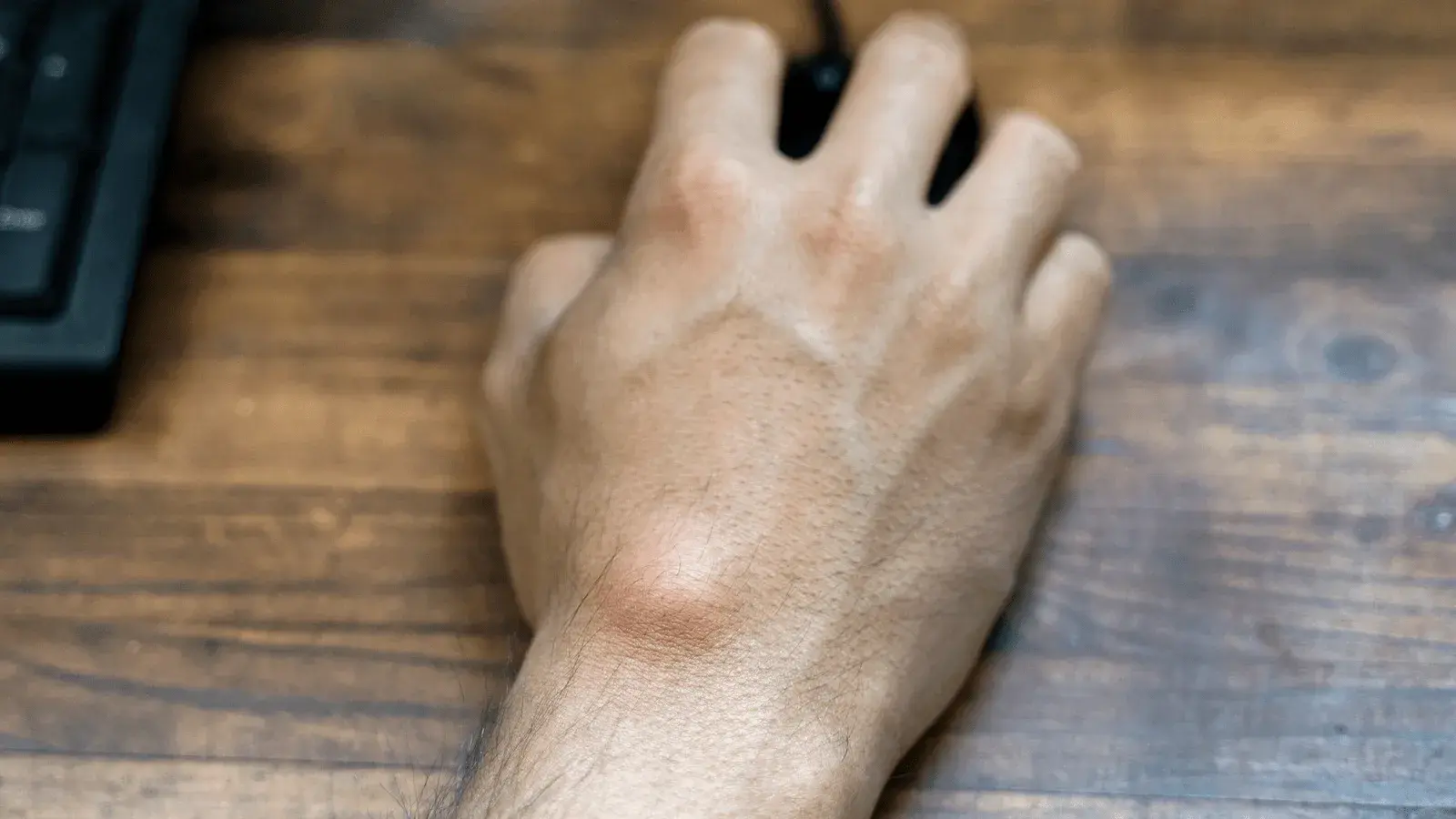7 Possible Causes of Bartholin Cyst -
Bartholin cyst is formed when the fluid from the glands is obstructed; therefore, the fluid gets collected in a pool that can be painful. Various causes for the blockage caused in the Bartholin glands are:1. A bacterial infection
A typical bacterial infection such as that by E.Coli can cause blocked glands, resulting in a cyst. The bacterial infection can form due to,- unhygienic practices
- Unclean undergarments
- Excessive sweating
- Acidic pH in the vaginal region
- Lack of drinking water
2. Sexually transmitted diseases (STDs)
Sexually active women can come in contact with STDs when they perform sexual intercourse without using condoms. Common STDs that cause Bartholin cysts are Chlamydia and gonorrhea.3. Childbirth
The vagina undergoes trauma during childbirth or the normal delivery of a child. This stress on the vulva can form a black in the normal flow of fluid in the Bartholin glands, leading to the formation of a cyst. You may also read: Normal Delivery? 12 Changes In Your Body4. Extra-thick mucus -
All women are not the same. Women can have different consistencies of the mucus fluid that runs through the Bartholin glands. Therefore, women with thick fluid in these glands are more at risk of developing a blockage and have a higher chance of forming this cyst.5. Vulvovaginal surgery -
Surgery is stressful to the vagina and its surrounding regions. Vaginal surgery is usually done to stitch up the vagina after childbirth or after pelvic floor disease. The surgery is also performed to create a new vagina for transgender people who want to live their preferred gender.6. Extra skin growth in the vulva -
In some women, the vulva appears thicker than normal. This can be due to an extra layer of skin surrounding the vulva. This extra layer of skin can burden the fluid flow across the gland and may sometimes cause a block in the normal flow across the Bartholin gland.7. Medical conditions -
Certain medical conditions, such as diabetes, can make it more difficult for the body to fight off infections, increasing the risk of cyst formation. So, to get an accurate answer on What causes Bartholin cyst, you can also consult whether you have medical conditions that may cause a cyst.Who's at risk?
- Bartholin Cyst occurs in women in the age group of 20-30
- Does not occur in children because the Bartholin glands do not develop completely until puberty.
- Does not occur in menopausal women. The Bartholin glands shrink with age and do not produce enough mucus.
What happens when the cyst is left untreated?
 Bartholin cysts are filled with nutrient-rich fluid, a great environment for bacteria and other microorganisms to grow. If the cyst is left untreated, the cyst may get filled with bacteria, causing an infection. The infection will result in an abscess or pus formation, and if this abscess bursts into the blood, it will cause blood poisoning, which can be fatal.
Bartholin cysts are filled with nutrient-rich fluid, a great environment for bacteria and other microorganisms to grow. If the cyst is left untreated, the cyst may get filled with bacteria, causing an infection. The infection will result in an abscess or pus formation, and if this abscess bursts into the blood, it will cause blood poisoning, which can be fatal.
Home remedies for Bartholin cyst
- A warm sitz bath- a sitz bath involves exposing your private parts to warm water several times a day to soothe discomfort in the pelvic region. A sitz bath is recommended to treat the Bartholin cyst, as it drains naturally when kept under warm water.
- Fill the bathtub with warm water about 3-4 inches above the drain
- Do not add any bath salts or foaming liquids
- Water must be lukewarm to mildly hot
- Sit in the tub, completely exposing your pelvis to the warm water, for about 15 minutes
- Repeat the sitz bath 4-5 times a day to naturally drain out the cyst
- Wear cotton panties that are breathable and keep the area cool and dry
- Avoid tight pants and garments that cause chaffing
- Use a pH-neutral vaginal wash to ensure hygiene
- OTC medications that relieve pain, such as Ibuprofen, are taken when the cyst causes pain.
Treatment for Bartholin Cyst -
Treatment for Bartholin Cyst: Painful or recurring Bartholin cysts are treated by one of the following options:1. Antibiotic therapy -
For a cyst caused by STDs, the doctor may prescribe antibiotic therapy to treat the infection.2. Incision and drainage -
In this procedure, a small incision is made on the cyst. A small tube is inserted in the cyst to drain the fluid without causing injury. The tube (called a catheter) is usually left in the cyst to promote complete drainage.3. Marsupialization -
This is the method of surgically cutting open the cyst and draining the fluid. The surgeon stitches the cyst's walls and creates a pocket for the continuous flow of the fluid. This method is helpful, especially in recurring Bartholin cysts.4. Removal of Bartholin glands -
When the sitz bath treatment does not help drain the fluid from the cyst, the doctor may suggest surgically removing the Bartholin glands to prevent them from growing again. Also, Read #LadiesAndBabies: Diabetes At PregnancyBartholin cyst Prevention -
The underlying cause of why the Bartholin glands get blocked or clogged is unknown. The only way to prevent Bartholin cysts from occurring is by:- Keeping the vaginal area clean
- Taking a bath at least once a day
- Wearing dry undergarments
- Washing clothes (that come in contact with our vagina) with a disinfectant and drying them in direct sunlight
- Using a condom while having sexual intercourse.
FAQs -
Conclusion -
Having a Bartholin cyst is not life-threatening. The common causes of a Bartholin cyst are infection, non-cancerous (benign) tumors, and injury to that area. There's a good chance the cyst will respond well to medication and dissolve itself. Surgery is rarely required, but if it is, the procedures available are highly effective and safe. While there is no way to completely avoid cyst formation, practicing hygiene and safe sex can reduce the risk. Also Read: Cystic Fibrosis in IndiaFrequently Asked Questions
How long does the Bartholin cyst last?
Bartholin cysts vary in size and whether they are infected or not. Most cysts are cleared soon after a sitz bath, while others take longer to get healed due to an infection. Typically, a Bartholin cyst will go away after 2-4 weeks.
Should I pop a Bartholin cyst?
A Bartholin cyst must never be popped or squeezed. This may cause injury or spread an infection. It is normal for the cyst to drain itself after several days of treatment or a sitz bath.
Can I get a Bartholin cyst twice?
It is common for a Bartholin cyst to occur more than once. It can be due to one or more of the causes stated above. Maintaining hygiene is very important in preventing the formation of a Bartholin cyst.

Reviewed by







